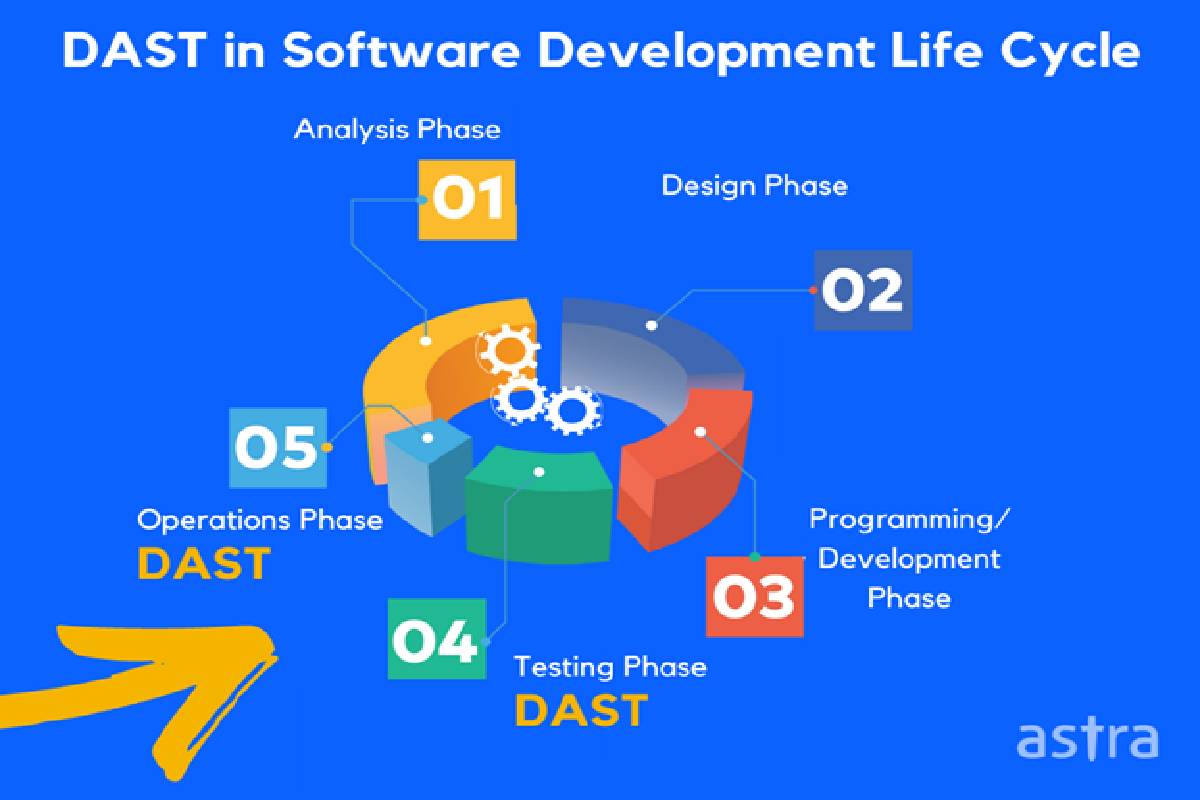The need for Dynamic Application Security Testing (DAST) is quickly becoming a pressing issue as hackers become more advanced and sophisticated. This blog post will examine the differences between manual and automated security testing to determine which one matches your needs.
We’ll also look at some of the benefits and drawbacks of each type of DAST, so you can make an informed decision about whether or not it’s right for you. While there are many ways to protect yourself from threats on the internet, it’s up to you to decide which methods suit your needs best – this article will help with that process!
Table of Contents
What is the Software Development Life Cycle?
Software development lifecycle (SDLC) is a software engineering process that includes the software’s conception, its design and coding, and software testing. The software testing phase is critical since it allows us to ensure the software’s quality before it reaches the public. Software vulnerabilities can still be discovered and exploited even before the software has been released.
What is Dynamic Application Security Testing?
Dynamic Application Security Testing (DAST) is an automated software testing technique that analyzes the behavior of a web application by launching attacks against it. DAST tools monitor and analyze client-side interactions, network traffic as well as server responses in order to identify any vulnerabilities on the application under test. It is used to identify security flaws in websites, web applications, mobile apps or APIs.
How does DAST work?
DAST works by executing a set of predetermined instructions on an application that acts as if it were real users interacting with the application under test (AUT). The tester uses this virtual user’s behaviour to see how the AUT reacts and whether any vulnerabilities are exposed.
It uses dynamic techniques to simulate real-world attack scenarios and identify vulnerabilities that were not discovered during manual software inspection or software testing phases. This way, software developers can resolve software vulnerabilities before the software is launched in production.
How does it differ from software testing?
Dynamic application security testing is a software test method that tests software by simulating real attacks on the software. It uses dynamic techniques to analyze behavior of applications under attack, whereas traditional software testing methods focus primarily on checking for errors in code and finding potential vulnerabilities before an app goes into production. DAST is done at the software’s development stage, using a web application security testing tool that can launch attacks against web applications in different stages of the SDLC.
Why use DAST inside your SDLC?
Integrating DAST in the software development lifecycle is crucial to ensure the security of your web applications. Incorporating DAST into your software development lifecycle can help you identify and fix security vulnerabilities early on.
It can help your team create secure software from beginning to end. By using DAST, you can uncover vulnerabilities that could lead to costly data breaches. It’s important to remember that attackers are always looking for new ways to exploit software vulnerabilities, so it’s essential to have a robust application security testing program in place.
How to integrate DAST in the SDLC?
DAST is often executed at the software testing phase, but may also occur during the software design or coding phases. It’s also important to have a test plan in place before you start dynamic application security testing as it helps in ensuring systematic and thorough tests.
Using the results of the DAST test, developers should be able to find and fix any identified vulnerabilities in their software code.
Some dynamic application security testing tools allow you to integrate with continuous integration/continuous delivery (CI/CD) pipelines in order to provide earlier feedback about potential issues within code. This allows developers more time to address any problems before an update reaches production servers.
How to choose a DAST tool?
Performing DAST involves using a security tool that will simulate various kinds of attacks on your application and check for vulnerabilities. Since there are several tools that can be used to perform dynamic application security testing, it is essential to choose one that caters to your requirements. The tool should be able to simulate real-world attacks on your applications and identify any vulnerabilities that may exist. Some of the widely used commercial DAST tools include:
- Astra Pentest
- Netsparker
- Acunetix
- HPE Security Fortify
Conclusion
To summarize, it is very important to integrate DAST in your SDLC to ensure that the end result will be a safe and secure web application. As hackers become more equipped with sophisticated tools and techniques, companies need to incorporate the latest DAST tools for securing their applications.


